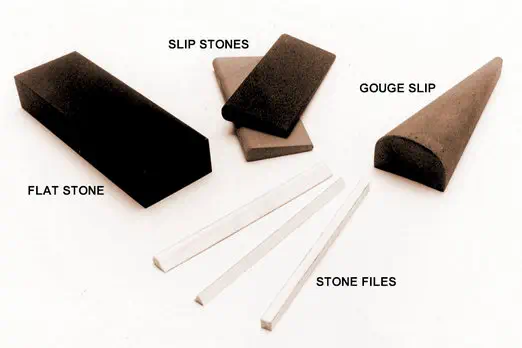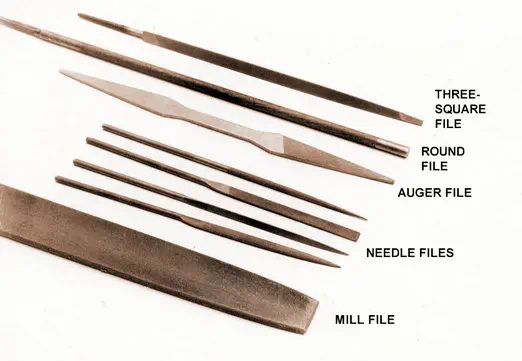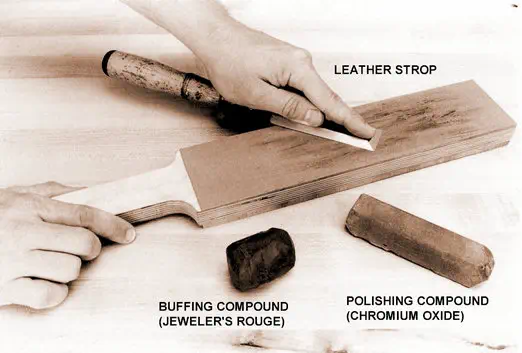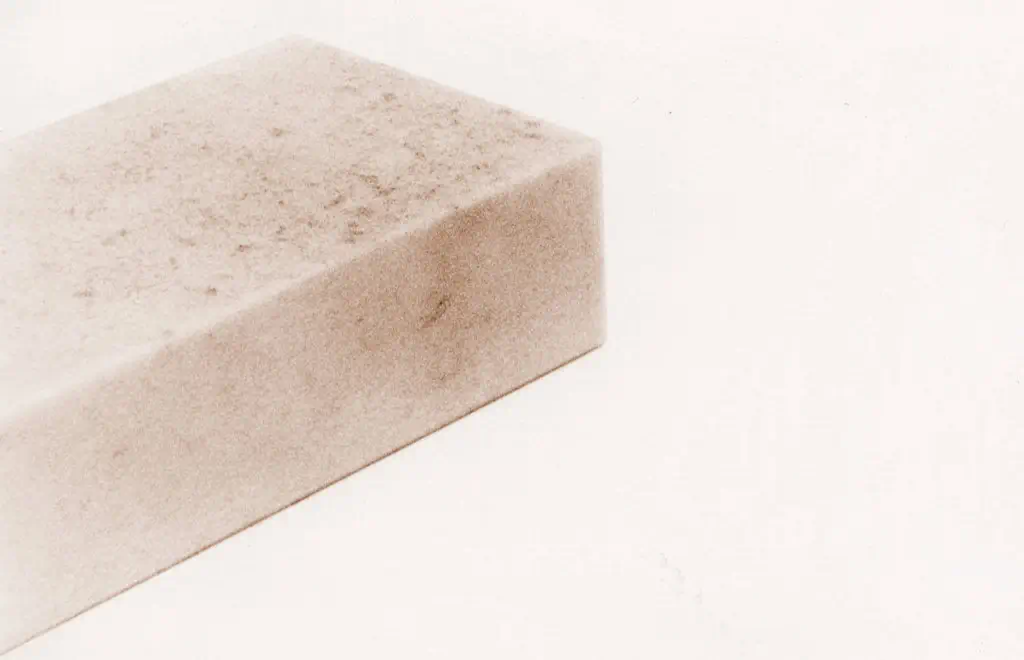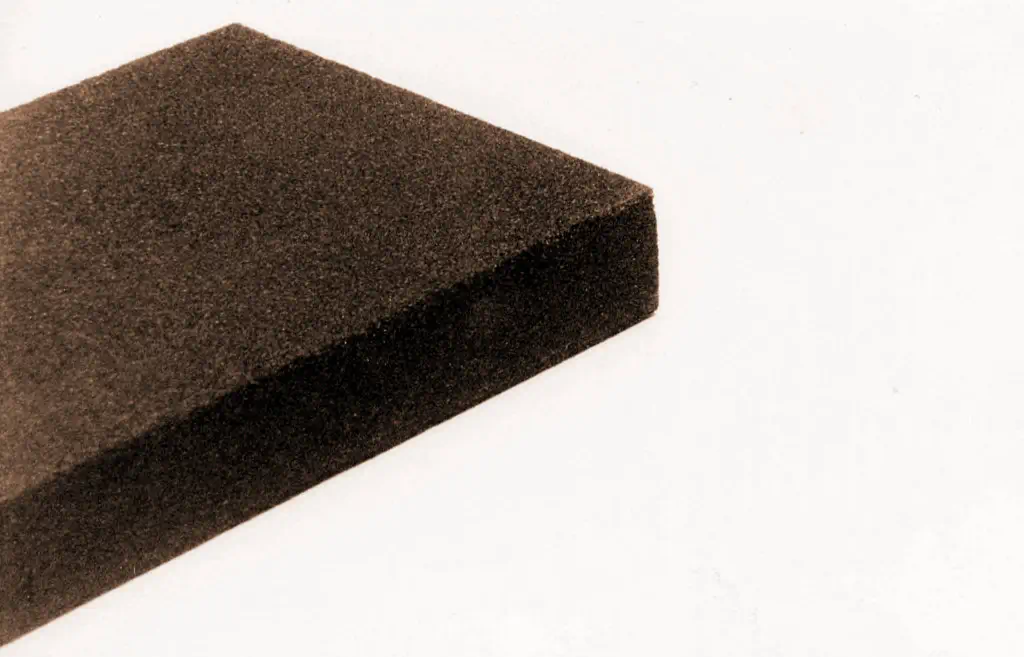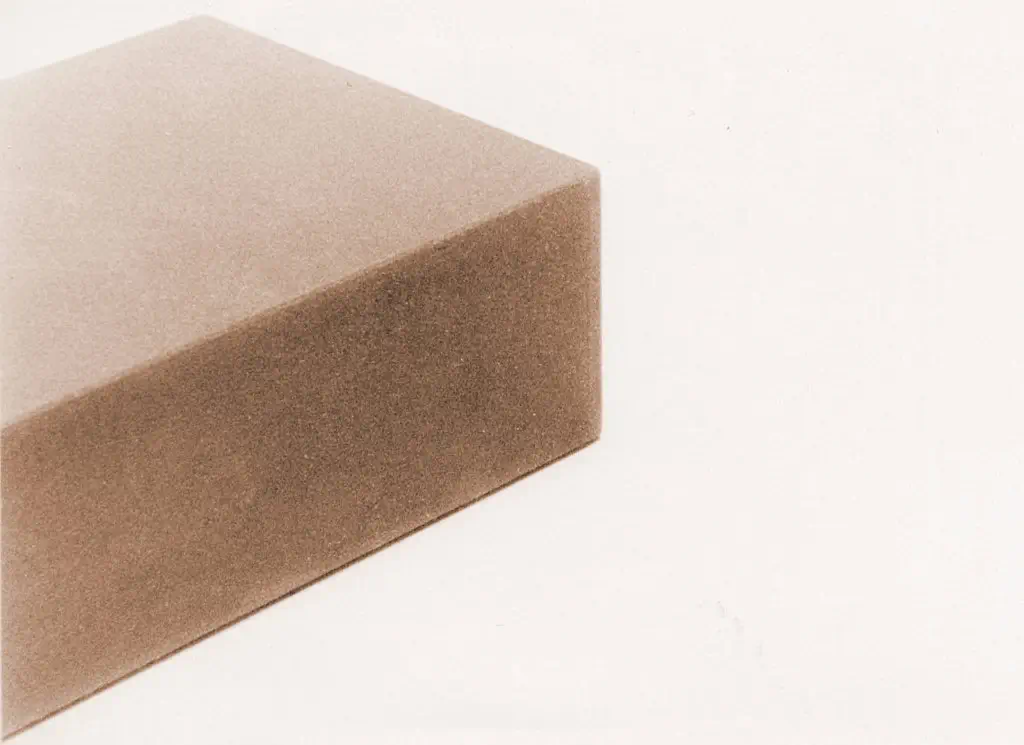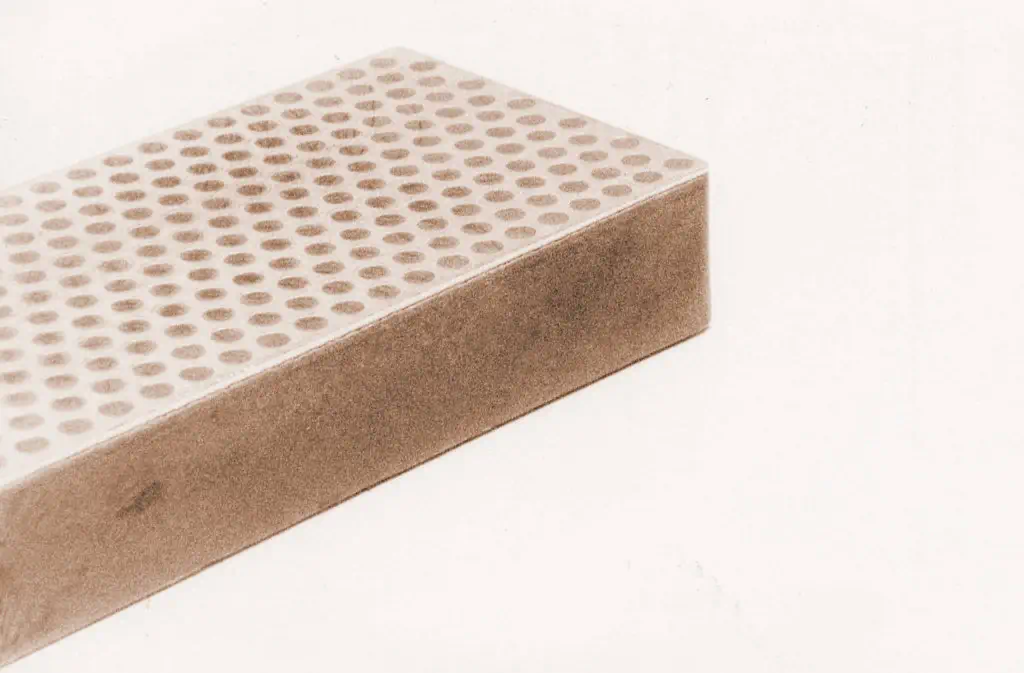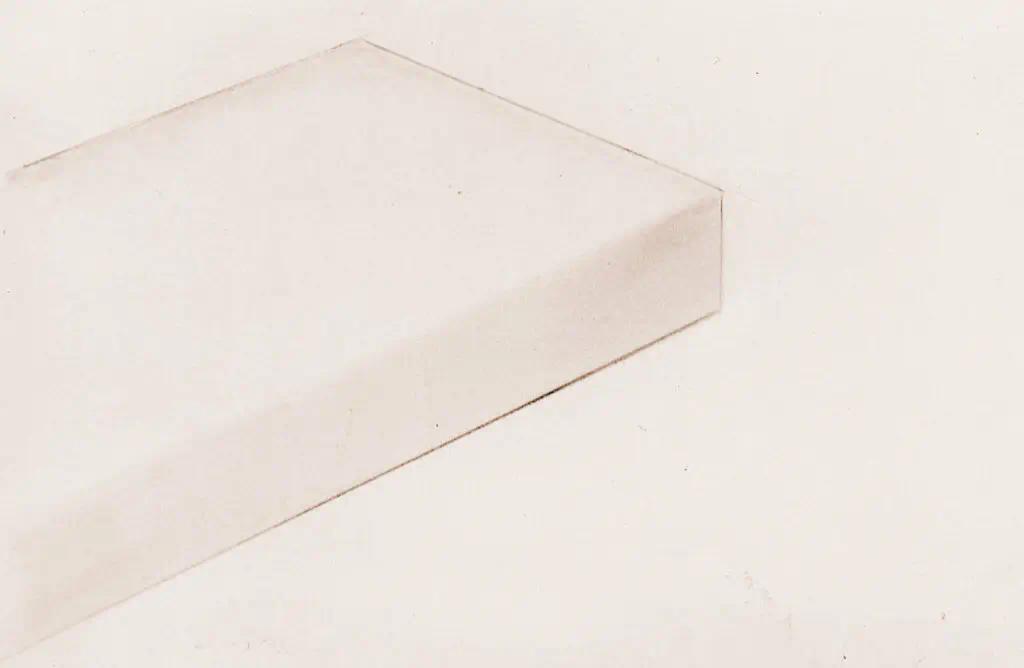HAND SHARPENING TOOLS
Bench Stones
A set of whetstones or bench stones is the core of most sharpening systems. These are available in different sizes, shapes, and grits. The materials are either natural stone or synthetic abrasives in a hard binder. Many stones are used with light oil or water. The liquid cleans the surfaces, floating away the swarf (metal particles) so it won’t clog the abrasives. On sharpening machines, liquids also serve as a coolant, keeping the tool steel from overheating and losing some of its hardness.


